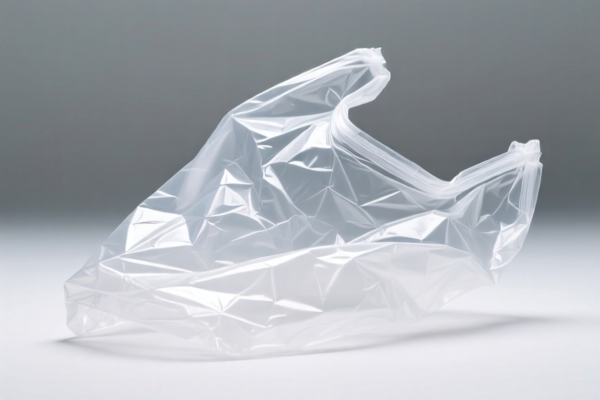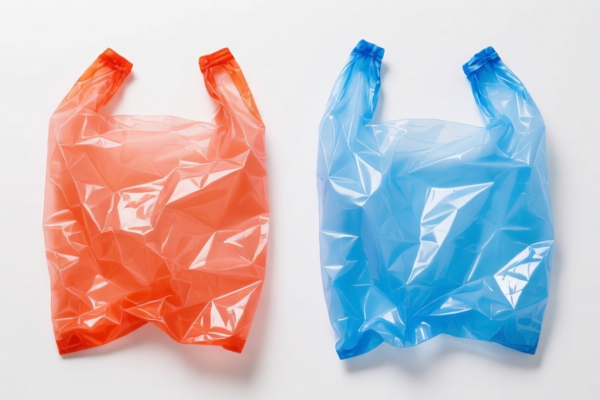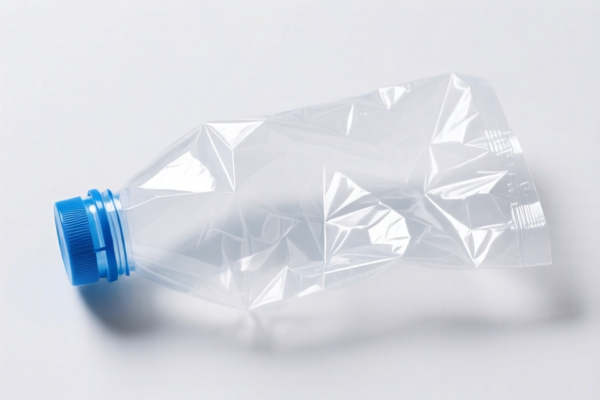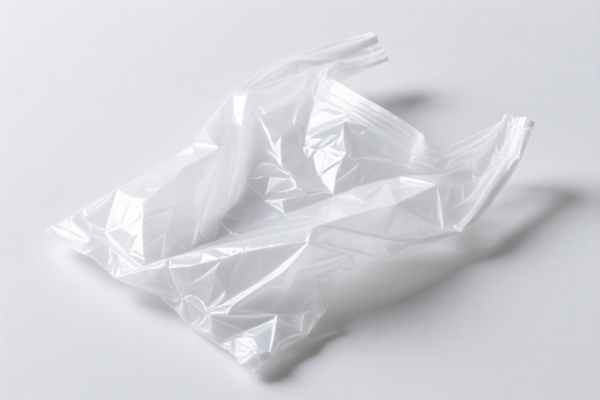| HS Code | Official Doc | Tariff Rate | Origin | Destination | Effective Date |
|---|---|---|---|---|---|
| 3923900080 | Doc | 58.0% | CN | US | 2025-05-12 |
| 3915100000 | Doc | 55.0% | CN | US | 2025-05-12 |
| 3915900090 | Doc | 55.0% | CN | US | 2025-05-12 |
| 6305330010 | Doc | 45.9% | CN | US | 2025-05-12 |
| 6305330080 | Doc | 45.9% | CN | US | 2025-05-12 |
| 6304996020 | Doc | 33.2% | CN | US | 2025-05-12 |
| 9404210010 | Doc | 58.0% | CN | US | 2025-05-12 |
| 9404909670 | Doc | 37.3% | CN | US | 2025-05-12 |
| 6217909075 | Doc | 52.1% | CN | US | 2025-05-12 |
| 6217909075 | Doc | 52.1% | CN | US | 2025-05-12 |
| 6212900030 | Doc | 44.1% | CN | US | 2025-05-12 |
| 6212900090 | Doc | 44.1% | CN | US | 2025-05-12 |
| 4016990300 | Doc | 58.0% | CN | US | 2025-05-12 |
| 4005990000 | Doc | 55.0% | CN | US | 2025-05-12 |
| 4005910000 | Doc | 55.0% | CN | US | 2025-05-12 |




Plastic Liner
A plastic liner is a flexible barrier, typically made from various types of plastic film, used to contain liquids, solids, or gases, or to protect surfaces from contamination. They are widely employed across numerous industries and applications due to their cost-effectiveness, ease of use, and versatility.
Material
Plastic liners are manufactured from a diverse range of polymers, each offering specific properties suited to different needs:
- Polyethylene (PE): The most common type, available in Low-Density (LDPE), Linear Low-Density (LLDPE), and High-Density (HDPE) forms. LDPE is flexible and economical; LLDPE offers increased strength and puncture resistance; HDPE is more rigid and chemical-resistant.
- Polypropylene (PP): Known for its higher melting point and resistance to chemicals, making it suitable for hot-fill applications and more aggressive substances.
- Polyvinyl Chloride (PVC): Durable and chemical-resistant, often used in applications requiring a strong, impermeable barrier. However, environmental concerns regarding PVC production and disposal are increasing.
- Ethylene Vinyl Acetate (EVA): Offers flexibility and good low-temperature performance, often used in packaging and specialized applications.
- Other Polymers: Nylon, PET, and fluoropolymers are used in specific applications demanding specialized properties like high strength, barrier performance, or resistance to extreme temperatures.
Purpose
The primary purposes of plastic liners include:
- Containment: Holding liquids, powders, or granular materials.
- Protection: Shielding surfaces from corrosion, contamination, or damage.
- Isolation: Separating materials to prevent mixing or reaction.
- Moisture Barrier: Preventing water or vapor transmission.
- Hygiene: Providing a sanitary layer in food packaging or medical applications.
Function
Plastic liners function by creating a barrier that:
- Prevents leakage: Containing the substance within the liner.
- Blocks external elements: Protecting the contained substance from contamination.
- Reduces friction: Facilitating the movement of materials within containers.
- Provides cushioning: Protecting sensitive items during transport or storage.
- Offers chemical resistance: Preventing degradation of the liner or the contained substance.
Usage Scenarios
Plastic liners are ubiquitous across many sectors:
- Waste Management: Trash can liners, landfill liners, and hazardous waste containment.
- Construction: Pond liners, waterproofing membranes, and concrete form liners.
- Agriculture: Irrigation canal liners, greenhouse covers, and silage storage.
- Packaging: Food packaging (bags, pouches, wraps), industrial packaging, and protective wrapping.
- Medical: Specimen containers, surgical drapes, and protective sheeting.
- Automotive: Protective covers during painting and assembly.
- Cosmetics & Personal Care: Inner liners for tubes, bottles, and jars.
- Geosynthetics: Erosion control, soil stabilization, and drainage systems.
Common Types
- Trash Bags: Available in various sizes, thicknesses, and colors, often made from LDPE or LLDPE.
- Pond Liners: Typically made from HDPE or LLDPE, designed for long-term water containment.
- Food Grade Liners: Manufactured from food-safe polymers, used for packaging and storage of edible products.
- Drum Liners: Used to protect the contents of drums during transport and storage, often made from LDPE or HDPE.
- Box Liners: Used to protect contents of boxes from moisture and damage, available in various sizes and materials.
- Geomembranes: Large sheets of HDPE or LLDPE used in environmental applications for containment and protection.
- Pallet Liners: Used to protect goods on pallets during transport and storage, preventing damage and contamination.
Based on the provided information, “plastic liner” can be classified under the following HS codes:
-
3923900080: This HS code covers Articles for the conveyance or packing of goods, of plastics; stoppers, lids, caps and other closures, of plastics: Other.
- 39: Chapter 39 relates to plastics and articles thereof.
- 23: Heading 3923 specifically covers articles for the conveyance or packing of goods, of plastics.
- 900080: This subheading denotes “Other” within the category of stoppers, lids, caps and other closures, of plastics. This could include plastic liners used for packaging. The total tax rate is 58.0%, comprising a 3.0% basic tariff and a 25.0% additional tariff, increasing to 30.0% after April 2, 2025.
-
4016990300: This HS code covers Other articles of vulcanized rubber other than hard rubber: Other: Other: Containers, with or without their closures, of a kind used for the packing, transporting or marketing of merchandise.
- 40: Chapter 40 relates to rubber and articles thereof.
- 16: Heading 4016 specifically covers articles of vulcanized rubber other than hard rubber.
- 990300: This subheading denotes “Other” within the category of containers used for packing, transporting, or marketing merchandise. If the plastic liner is made of vulcanized rubber, this HS code applies. The total tax rate is 58.0%, comprising a 3.0% basic tariff and a 25.0% additional tariff, increasing to 30.0% after April 2, 2025.
-
4005990000: This HS code covers Compounded rubber, unvulcanized, in primary forms or in plates, sheets or strip: Other.
- 40: Chapter 40 relates to rubber and articles thereof.
- 05: Heading 4005 specifically covers compounded rubber, unvulcanized, in primary forms or in plates, sheets or strip.
- 990000: This subheading denotes “Other” within the category of compounded rubber. If the plastic liner is unvulcanized compounded rubber, this HS code applies. The total tax rate is 55.0%, comprising a 25.0% additional tariff, increasing to 30.0% after April 2, 2025.
-
4005910000: This HS code covers Compounded rubber, unvulcanized, in primary forms or in plates, sheets or strip: Other: Plates, sheets, and strip.
- 40: Chapter 40 relates to rubber and articles thereof.
- 05: Heading 4005 specifically covers compounded rubber, unvulcanized, in primary forms or in plates, sheets or strip.
- 910000: This subheading denotes “Plates, sheets, and strip” within the category of compounded rubber. If the plastic liner is unvulcanized compounded rubber in the form of plates, sheets, or strips, this HS code applies. The total tax rate is 55.0%, comprising a 25.0% additional tariff, increasing to 30.0% after April 2, 2025.
It is important to determine the material composition of the plastic liner (e.g., whether it is solely plastic, vulcanized rubber, or unvulcanized compounded rubber) to ensure accurate classification.
Customer Reviews
No reviews yet.